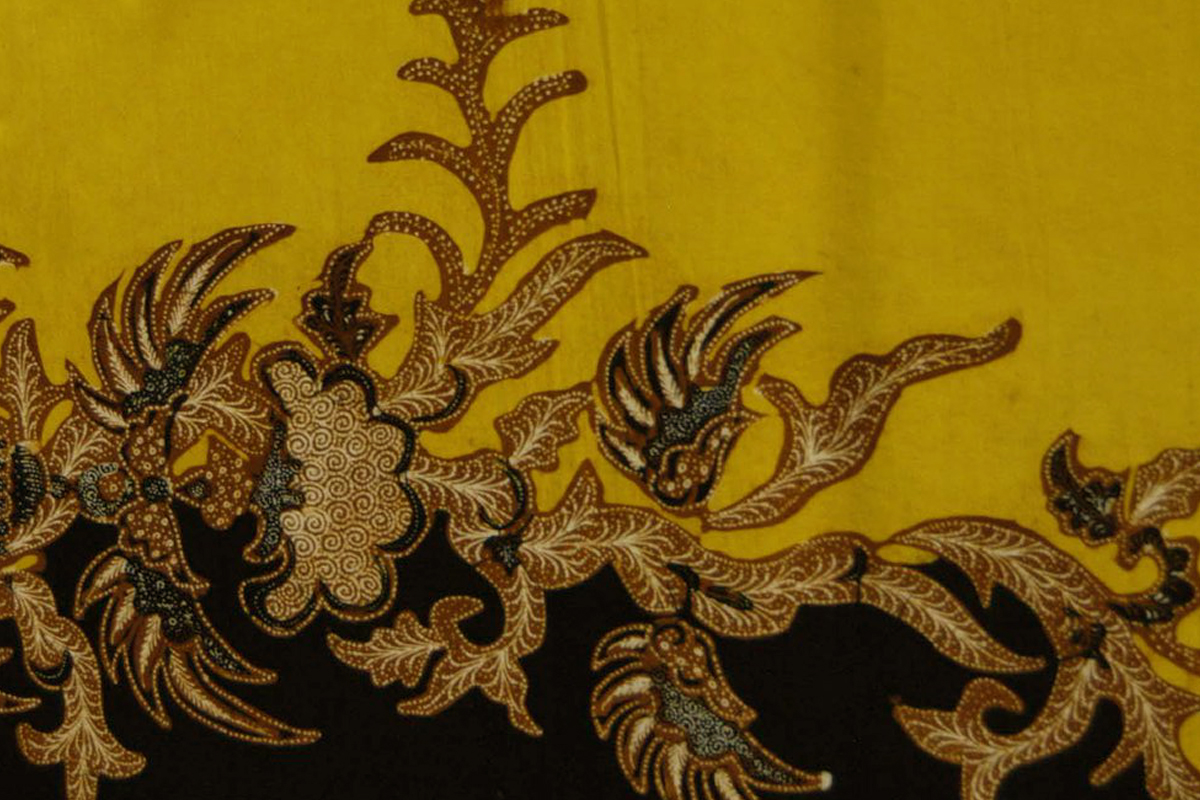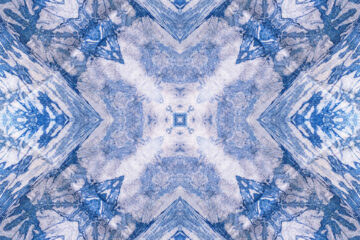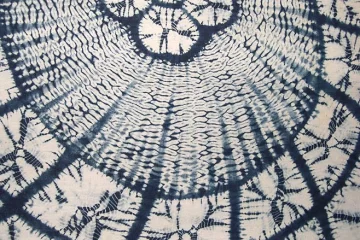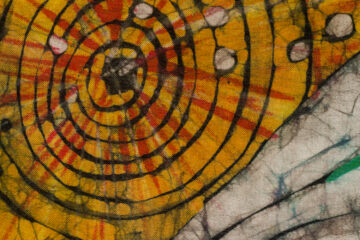Batik art is a traditional textile dyeing technique that involves covering specific areas of fabric with wax and then dyeing it to create patterns. With a rich history spanning around 2,000 years, batik art has roots in Asia, Africa, and the Middle East. In this article, we will delve into the history and origins of batik art.
The Origins of Batik Art
The origins of batik art can be traced back to ancient civilizations in Asia, Africa, and the Middle East. Particularly in Indonesia, batik art is a significant cultural heritage. The island of Java in Indonesia is well-known as a central hub for batik art (source).
“The word “batik” is derived from the Javanese word “ambatik,” which means “to draw.”
The Development of Batik Art
Throughout history, batik art has evolved in various cultures and civilizations. In ancient Egypt, traces of batik techniques have been found in the wrappings of mummies (source). Additionally, in India, batik art was commonly used, and the Indians adorned their fabrics with this technique (source).
Batik Art in Indonesia
Indonesia is one of the countries where batik art has developed most extensively, utilizing the most sophisticated techniques. On the island of Java, batik art has been masterfully practiced for generations and has become an integral part of daily life. Indonesians often draw inspiration from nature when creating batik patterns, with flowers, leaves, and animals frequently appearing in batik designs (source).
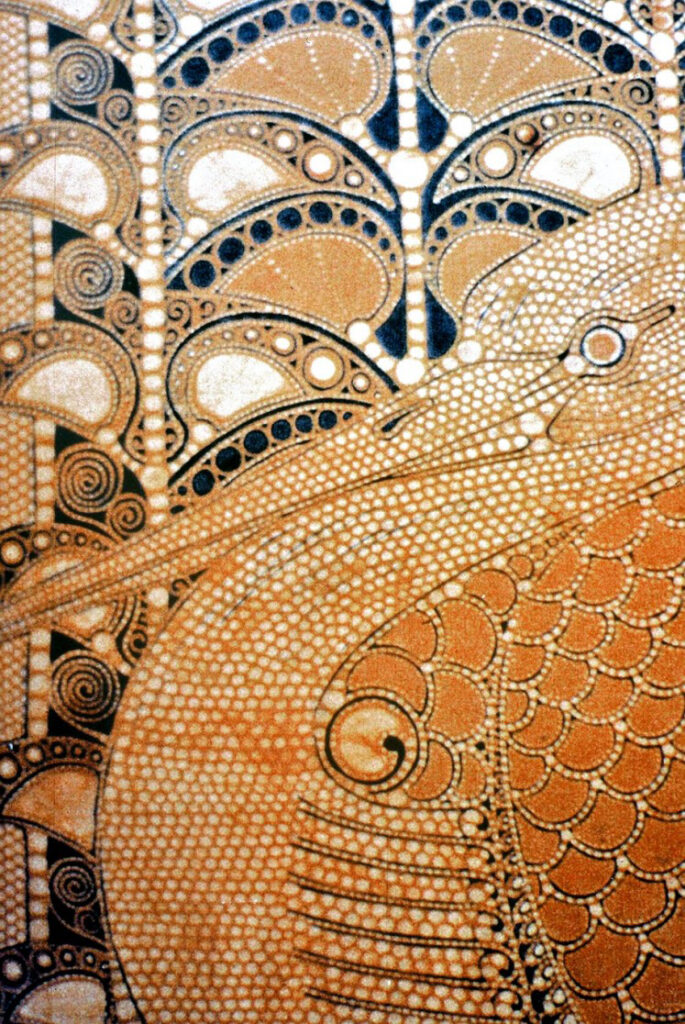 Chris Lebeau, Netherlands (1905). Batik on silk made using the “Sogan Lorodan” method of Central Java. The fabric was used as one panel of a three-part room divider (Provincial Museum van Drenthe, Assen/File)
Chris Lebeau, Netherlands (1905). Batik on silk made using the “Sogan Lorodan” method of Central Java. The fabric was used as one panel of a three-part room divider (Provincial Museum van Drenthe, Assen/File)
The Global Spread of Batik Art
In the 18th century, Dutch traders introduced batik art to Europe. Since then, batik has gained global interest and has been adopted by different cultures worldwide. Today, batik art is not only a traditional technique but has also been embraced by modern artists and used in contemporary designs (source).
The Importance of Batik Art
Batik art is noteworthy not only for its aesthetic value but also for its cultural and historical significance. This art form serves as a bridge to the past while also finding a place in the modern world as a universal art form. Batik reflects the richness and diversity of different cultures (source).
Conclusion
Batik art has played a significant role in many different cultures throughout history and continues to be a valued art form today. Its rich history, cultural significance, and aesthetic value give batik a special place among textile arts. Learning more about the history and origins of batik art can help us appreciate the value of this unique art form.
Frequently Asked Questions
What is batik art? Batik art is a textile dyeing technique that involves covering specific areas of fabric with wax and then dyeing it to create patterns.
Where does batik art originate from? Batik art originates from Asia, Africa, and the Middle East, with significant development in Indonesia.
Where does the word “batik” come from? The word “batik” is derived from the Javanese word “ambatik,” which means “to draw.”
